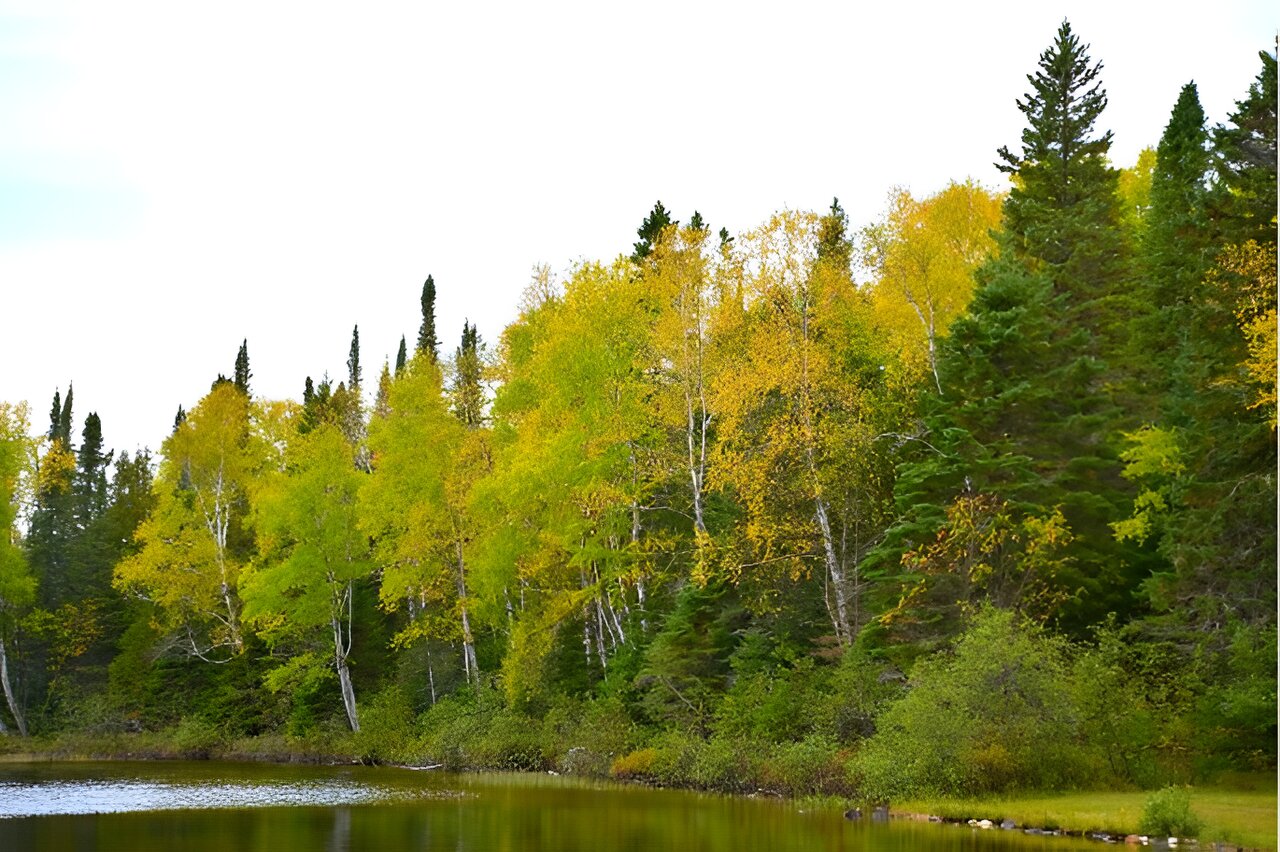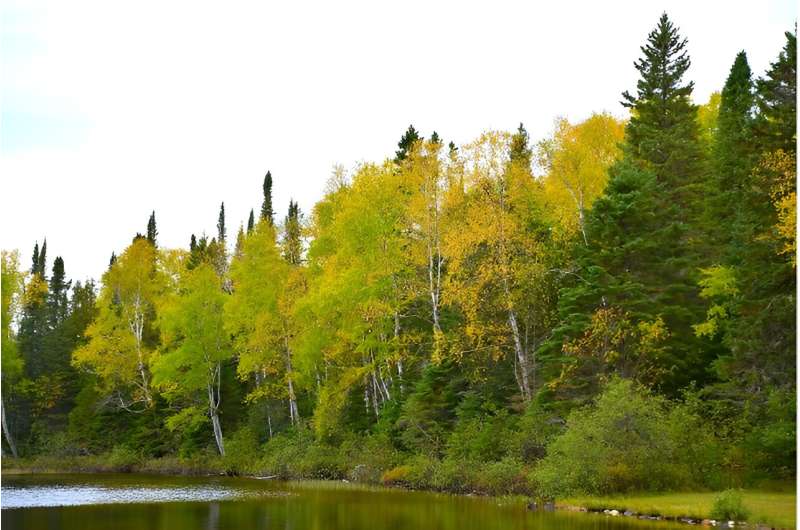

Climate change can be characterized as the Grim Reaper or some other harbinger of dire times for humanity and natural environment, including forests. Previous studies reporting a decline in forest productivity due to climate warming and long-term drought may suggest that trees’ survival hangs in the balance.
Now, a study by an international group, including Kyoto University, found that forests with higher trait diversity not only adapt better to climate change but may also thrive. The work is published in the journal Science Advances.
The study, conducted by researchers from Lakehead University, the Swiss Federal Institute of Technology Zurich, and Zhejiang Agriculture and Forestry University, unveiled how tree functional trait diversity—a key aspect of biodiversity—plays a pivotal role in mitigating climate warming.
“In the face of environmental stress, these diverse trees have been shown to maintain higher productivity levels, in contrast to monoculture forests,” says team leader Han YH Chen of Lakehead University.
Han Chen’s team’s results highlight the complex linkages between biodiversity, ecosystem function, and climate change in dryland forests.
The team utilized 57 years of inventory data—spanning from 1958 to 2015—of dryland biomes in Canada, finding that climate warming does not adversely affect forests with resource-gaining characteristics. The study factors out vegetation recovery from natural disturbances, spatial variation in the local climate, and soil drainage.
“Our robust statistical approach to the large-scale data may lead to future opportunities for further exploring the long-term dynamics of terrestrial ecosystems and biodiversity,” says first author Hiroshima University’s Masumi Hisano, previously of KyotoU’s Graduate School of Informatics.
This nature-based solutions approach is increasingly gaining traction in climate policies to reduce ecosystem vulnerabilities. The debate continues regarding whether biodiversity enhances ecosystem resistance against short-term droughts.
“Due to limited evidence from multi-decade long-term observation, synthesizing several direct observations is essential for generalizing dynamic ecological patterns,” adds Hisano.
More information:
Masumi Hisano et al, Functional diversity enhances dryland forest productivity under long-term climate change, Science Advances (2024). DOI: 10.1126/sciadv.adn4152. www.science.org/doi/10.1126/sciadv.adn4152
Provided by
Kyoto University
Citation:
Diversity and productivity go branch-in-branch: Scientists share which forests can adapt to climate change (2024, April 24)
retrieved 24 April 2024
from https://phys.org/news/2024-04-diversity-productivity-scientists-forests-climate.html
This document is subject to copyright. Apart from any fair dealing for the purpose of private study or research, no
part may be reproduced without the written permission. The content is provided for information purposes only.

